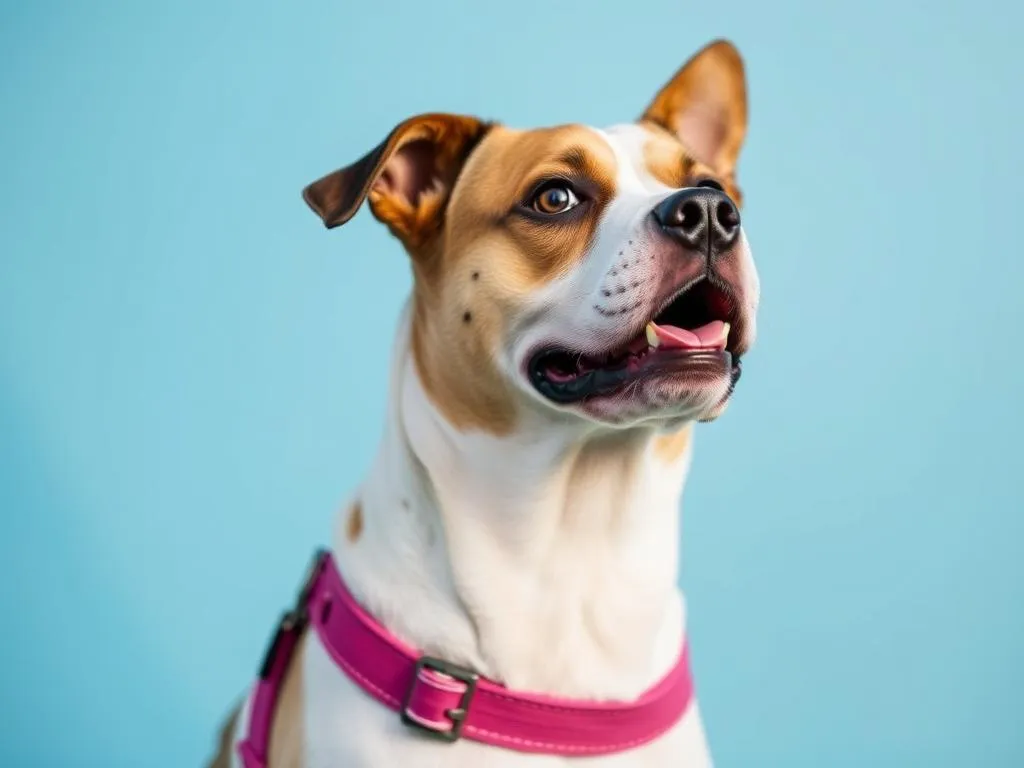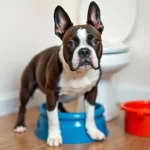
Introduction
Training collars and harnesses play a crucial role in effective dog training. They not only help in managing your dog’s behavior but also contribute to their safety and comfort during walks and training sessions. Selecting the right equipment is essential for successful training outcomes, ensuring that your dog learns effectively without discomfort or stress. In this article, we will explore the various types of training collars and harnesses, assess your dog’s needs, evaluate training goals, discuss safety and comfort considerations, provide tips on usage, highlight common mistakes to avoid, and answer frequently asked questions.
Understanding Dog Training Equipment
Types of Training Collars
-
Standard Collars: These are the most common type of collars and are suitable for everyday use. They typically feature a buckle or snap closure and are great for attaching ID tags.
-
Martingale Collars: These collars are ideal for dogs that tend to slip out of standard collars. They tighten slightly when pulled, providing more control without choking the dog.
-
Prong Collars: Designed for strong pullers, prong collars have metal prongs that apply pressure evenly when the dog pulls. They should be used with caution and under guidance.
-
Electronic Collars (E-Collars): These collars provide stimulation for training purposes. They can be effective for certain behaviors but require careful handling and should not be used as a primary training tool.
-
Head Halters: These fit around the nose and head of the dog, providing control over their head movements. They are beneficial for dogs that pull excessively.
Types of Harnesses
-
Standard Harnesses: These are simple harnesses that go around the dog’s chest and back. They are suitable for everyday use and provide comfort for the dog.
-
Front-Clip Harnesses: These harnesses have the leash attachment at the front, which helps redirect the dog when they pull, making them easier to control.
-
Back-Clip Harnesses: The leash attaches at the back, making it a good choice for well-trained dogs that don’t pull.
-
No-Pull Harnesses: Designed to discourage pulling, these harnesses often have a front clip and additional features to help train the dog to walk calmly.
-
Service Dog Harnesses: Specifically designed for service dogs, these harnesses are equipped with identification patches and are built for durability and functionality.
Assessing Your Dog’s Needs
Dog Size and Breed Considerations
When selecting a collar or harness, one of the most critical factors is your dog’s size. Smaller dogs may require lightweight collars and harnesses that won’t overwhelm them, while larger breeds may need more robust options to handle their strength. Additionally, certain breeds have unique training needs; for example, hounds may benefit from a harness that prevents slipping, while terriers may require a more robust collar to withstand their energetic nature.
Behavioral Issues
Understanding your dog’s behavioral issues is vital in choosing the right training equipment. Here are a few considerations:
- Aggression: If your dog shows signs of aggression, a head halter or a martingale collar can provide better control during walks.
- Pulling on Leash: A no-pull harness or front-clip harness is effective for dogs that tend to pull, making walks more enjoyable.
- Fearfulness: For dogs that are fearful, a standard collar combined with positive reinforcement can help build confidence in training.
- Separation Anxiety: A comfort harness may help ease anxiety, providing a sense of security during training and walks.
Age and Health Considerations
The age and health of your dog can significantly influence your choice of collar or harness. Puppies often need softer, adjustable harnesses that accommodate their growth, while adult dogs might require more durable options. Moreover, health issues such as arthritis may necessitate a harness that distributes weight evenly and does not strain their joints.
Evaluating Training Goals
Basic Obedience
For basic obedience training, standard collars or standard harnesses are typically sufficient. They allow for the introduction of commands without overwhelming your dog. It’s essential to focus on positive reinforcement techniques while using these tools.
Advanced Training
If you’re pursuing advanced training, such as agility or service dog tasks, you may require specialized equipment. A front-clip harness can help with agility training, ensuring better control and direction. For service dogs, specific service dog harnesses with patches and additional features are necessary.
Behavior Modification
When addressing behavioral issues, it’s crucial to select equipment that aids in correction without causing harm. For instance, a martingale collar can help with leash manners, while a no-pull harness can assist in correcting pulling behavior effectively.
Safety and Comfort
Material and Build Quality
Choosing a collar or harness made from durable, high-quality materials is essential. Look for options that are sturdy yet comfortable. Breathable fabrics are crucial, especially in warmer climates, to prevent overheating and discomfort.
Fit and Adjustability
Proper fit is critical for both safety and comfort. Measure your dog’s neck and chest before purchasing a collar or harness. An ill-fitting collar can lead to injuries, while a loose harness may not provide the necessary control. Always look for adjustable options to achieve the perfect fit for your dog.
Safety Features
Consider safety features such as reflective materials for visibility during evening walks and quick-release mechanisms in case of emergencies. These features enhance safety for both you and your dog during training sessions.
Training Techniques and Equipment Usage
How to Properly Use Collars and Harnesses
Introducing a collar or harness to your dog should be done gradually. Allow your dog to sniff and explore the equipment before putting it on. When attaching the collar or harness, ensure it is snug but not too tight. You should be able to fit two fingers between the collar and your dog’s neck.
Pairing Equipment with Training Methods
Using collars and harnesses effectively often involves pairing them with proper training techniques. Positive reinforcement methods work well in conjunction with any collar or harness. For example, clicker training can be very effective when using a harness, allowing you to reward your dog immediately after they respond to commands.
Common Mistakes to Avoid
Choosing the Wrong Size
One of the most common mistakes is selecting the wrong size. An overly tight collar can cause discomfort and injury, while a loose collar may allow your dog to escape. Always measure your dog and refer to sizing guides provided by manufacturers.
Over-reliance on Equipment
While collars and harnesses are helpful tools, over-reliance on them can hinder your dog’s training. It’s essential to combine the use of equipment with consistent training techniques and commands.
Ignoring Your Dog’s Feedback
Dogs communicate discomfort through body language. If your dog shows signs of distress, such as excessive scratching or attempting to remove the collar or harness, reassess your choice. It’s crucial to listen to your dog’s feedback and make necessary adjustments.
Frequently Asked Questions (FAQs)
What is the best collar for a new puppy?
A soft, adjustable collar or harness is ideal for a new puppy. Look for options that allow for growth and ensure it fits snugly without causing discomfort.
How do I know if a harness is suitable for my dog?
A suitable harness should fit comfortably, allowing for freedom of movement without being too loose. It should also be appropriate for your dog’s size, breed, and specific behavioral needs.
Can I use both a collar and a harness at the same time?
Yes, using both can be beneficial. A collar can hold ID tags, while a harness can provide better control during walks.
Are electronic collars safe for training?
While electronic collars can be effective for certain training needs, they should be used responsibly and under professional guidance to ensure they do not cause harm or stress to your dog.
Conclusion
Choosing the right training collar or harness for your dog is a crucial decision that can significantly impact their training success and overall well-being. By assessing your dog’s needs, evaluating your training goals, and considering safety and comfort, you can make an informed choice. Remember to prioritize your dog’s comfort and listen to their feedback during the training process. With the right equipment and techniques, you can foster a positive learning environment that benefits both you and your furry companion.









